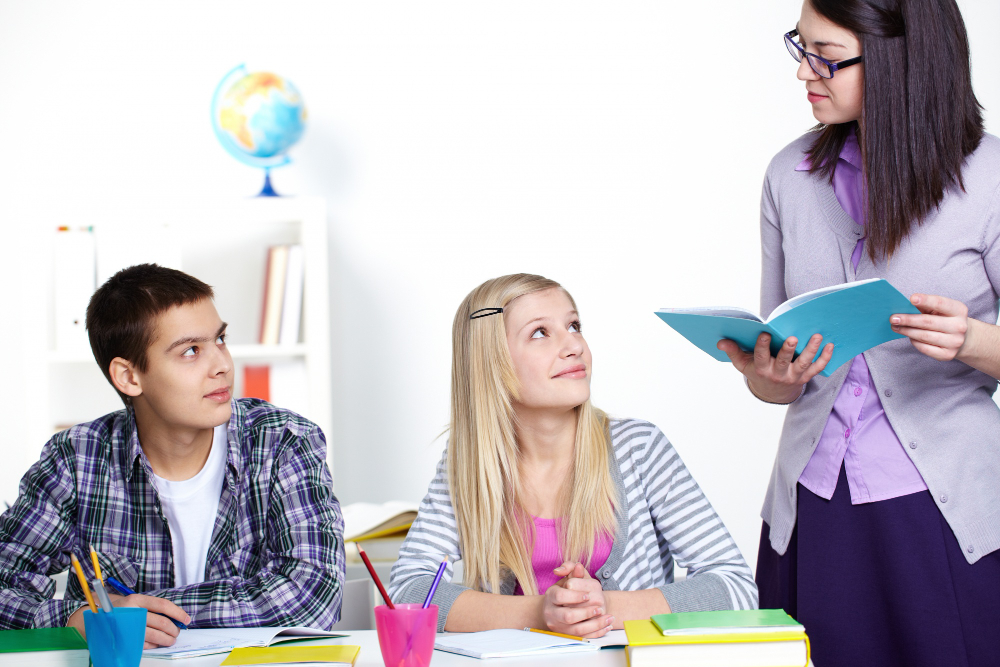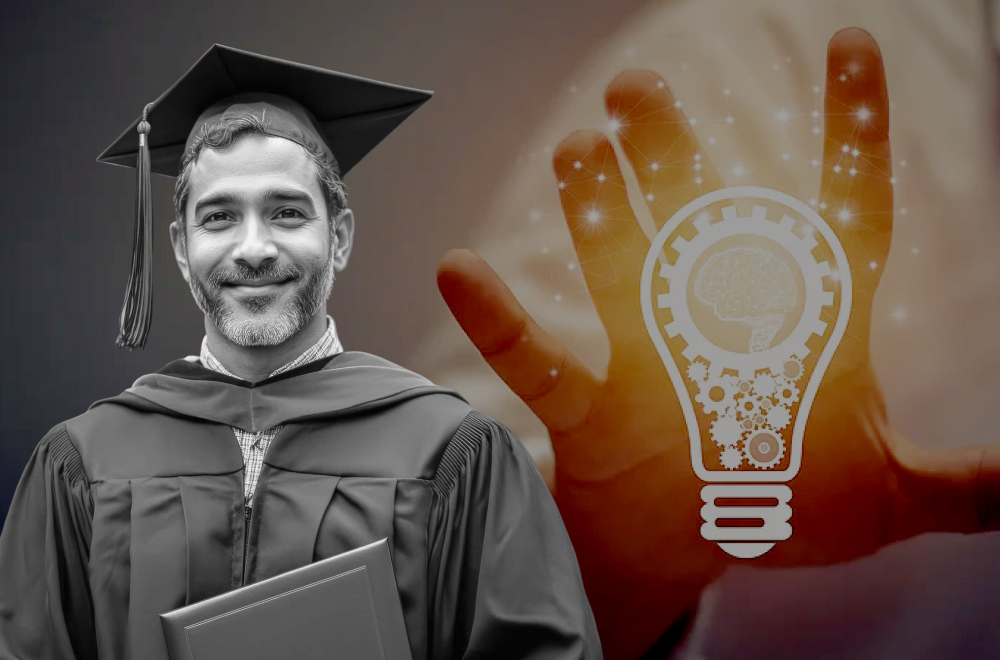
One of the most important things for successful education is the establishment of good relationships between students and teachers. Good rapport between the teacher and the students will ensure that there is a good learning environment where the students are respected, understood and encouraged to act. The learners will be more willing to participate in classroom activities, and enjoy the learning process when they can feel that their teacher is concerned about them and that they are interested in their advancement.
These kinds of relationships are significant in development of emotions and social life besides school performance. As soon as students feel connected to teachers, they tend to feel confident, have a bigger capacity to communicate, and able to be more resilient to face the challenges. Basically, the nurturing of these associations gives the aspect of trust wherein the students are able to give their best.
How HLTA Training Supports Classroom Connection
HLTA training (Higher Level Teaching Assistant training) provides the support staff with the skills and knowledge to effectively contribute to the improvement of classroom relations. This highly skilled training will help teaching assistants to help diverse learners in order to foster inclusion and effective communication with learners of various backgrounds and abilities.
Another area that is highlighted in the training is the emotional intelligence needed to know the needs of the students and act accordingly. For instance, HLTAs are trained to notice when a student is having either emotional or academic difficulties and to offer the appropriate type of support. This interdisciplinary method of learning makes each child feel noticed and followed so that they can create meaningful relations based on trust and understanding.
Building Trust and Respect with Students
Trust and respect are the foundation of any good relationship between a student and the teacher. Without them, even a lesson well-conceived may not impress much. By being consistent, fair and understanding, the teachers and the teaching assistant can build trust in the relationship they develop with the students. Their teachers achieve this by fulfilling their promise, maintaining secrecy and respecting the opinion of the students giving them an impression that they can be trusted which would in turn make them open up and help them become active participants.
Respect towards individuality is also required. Learners differ in the learning styles, skills and experiences. Such varying recognition and appreciation allow teachers to establish an inclusive learning environment in the classroom that encourages diversity and respect. This further develops a closer relationship between the student and the teacher and their respective degree of interaction.
Practical Strategies from Online TA Courses
Online TA courses equip teachers and educational assistants with evidence-based techniques for developing effective relationships with students in the modern world. These courses usually contain the units of communication, emotional support, and inclusive learning methods, which can be applied directly to the classroom. Best strategies are:
- Listening to the concerns of the students and responding to them in an empathetic way.
- Rewarding the students whenever they do well to improve their motivation.
- Ensuring that consistent contact with students is maintained by checking in with them regularly to demonstrate a continuous interest in their progress.
- Developing peer support networks by encouraging teamwork among the learners.
- Flexibility of instruction based on the learning needs and preferences.
Using these strategies, teachers will establish an environment of respect and cooperation to which each student will feel appreciated and motivated to do well.
Encouraging Communication and Participation
Open communication is the key to good student-teacher relations. Requesting the students to provide their ideas, ask questions, and give their opinions can be used to facilitate confidence and a sense of belonging in the classroom. This can be done through teachers using interactive approaches in methodologies of teaching, like group discussions, debates, or reflection journaling.
Moreover, to establish a culture of transparency, a system of student feedback is more appropriate to be developed. The students will be pleased by the fact that teachers can listen to their opinions, and this will contribute to trust and enable the students to be active. This two-way communication will lead to an active and supportive classroom environment in the long run whereby all students will feel heard and empowered.
Creating a Positive Learning Environment
Positive classroom environment is not so much about physical comfort, but it is rather a culture of safety and respect, and encouragement. Students excel under such a scenario that any failure is considered as a form of education instead of a failure. The teacher can also provide an environment where academic and personal development can take place by having a non-insistent yet friendly attitude and encouraging his peers to treat each other kindly.
In addition, the students will be able to feel safe and focused with the help of creating clear expectations and a routine. Learners are assured of what to anticipate, and therefore, they feel more confident in their role and responsibility. Together with the emotional support and inclusion practices developed through the course of HLTA training and courses on TA, these become the factors that help to create a balanced, supportive setting that encourages the potential of every learner.
Conclusion
Successful education is developed on a strong student-teacher relationship. They make classrooms as their safe places where learners are encouraged to learn, develop and reach their potential. With the help of the proper instructions, educators will learn how to become effective in the art of empathy, communication, and collaboration, as these are key features that should be developed to build meaningful relationships with students.
In a nutshell, creating a good relationship in the classroom is not just about instruction, it is about educating, encouraging, and enabling every student to perform well not only on the academic front, but also emotionally.






